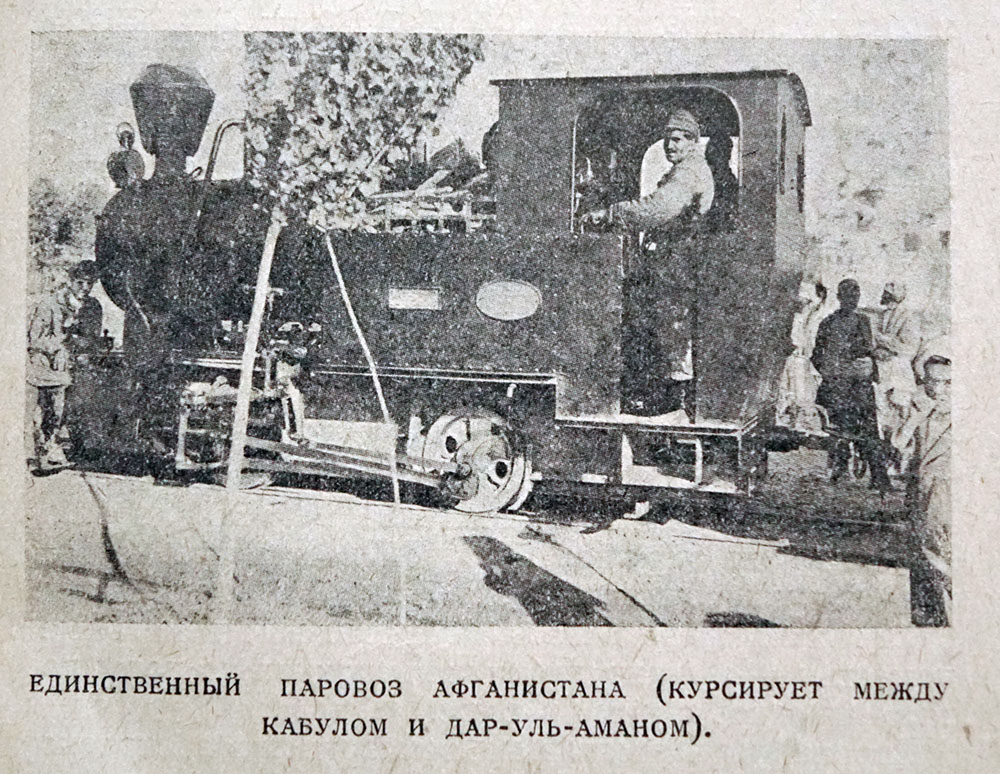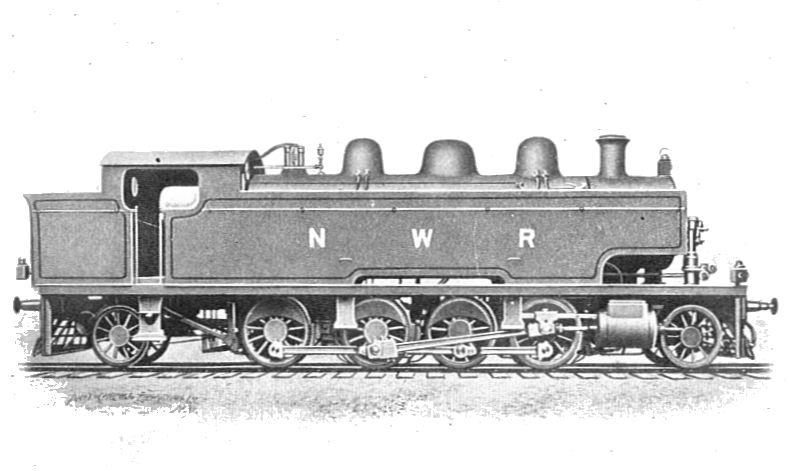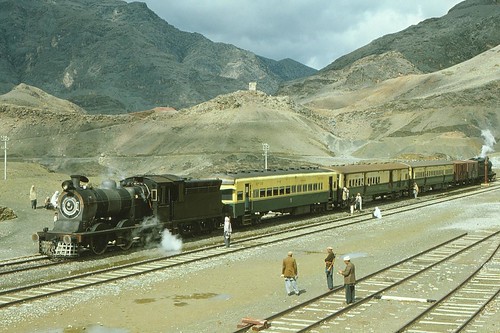On top of a hill in a remote area of Uzbekistan is a steam locomotive painted in the colours of the national flag. What is it, and how on earth did it get up there?
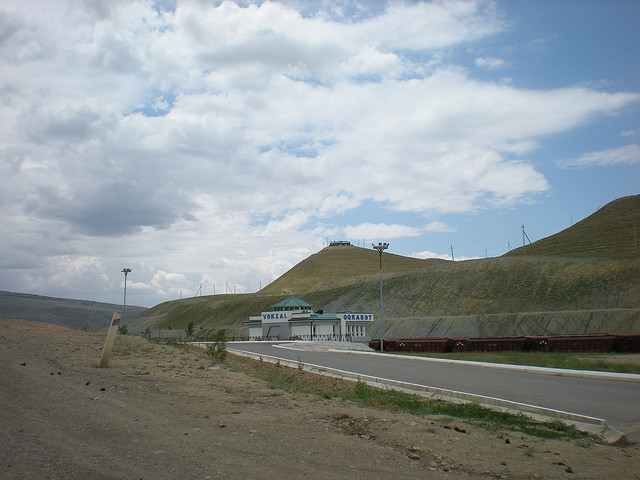
(Photo: Lisa K Walker 2009-06-13)
The locomotive stands on a hill overlooking at Oqrabot (or Акрабат (Akrabat) in Russian) station. Oqrabot is on the railway line from Karshi to Kumkorgan which opened in August 2007, providing a route to Termez which runs entirely within Uzbekistan, eliminating the need to for trains to transit Turkmenistan.
The station is said to be the highest point on the route, at 1510 m, and possibly the highest point on the rail systems of the whole CIS.
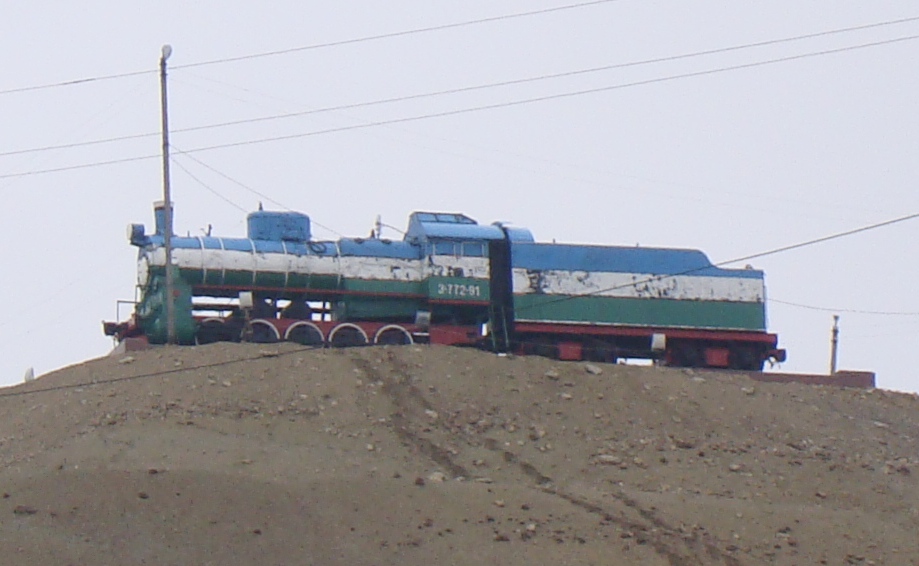
(Photo: Dmitry Kolesnikov 2009-03-06)
There is a close-up view of the locomotive in August 2010 on the Steam Engine IS website.
The locomotive carries the number Эр772-91, which transliterates to Er772-91. A vast number of Series E locomotives were built by a factories across eastern Europe, and this one has a plate showing it was built by CKD at Prague in Czechoslovakia; a date of 1951 is mentioned in the comments on Steam Engine IS (it is of course possible that the plate is a modern addition and the number is incorrect for the particular locomotive).
In an article “Red Star Steam” over at the The International Steam Pages, Colin Boocock provides a summary of Soviet standard steam locomotive classes. The Series E was based on a pre-Soviet design. This was developed into the Eu for mass production, followed by the Em and then from 1935-36 the Er, which had a larger grate area and higher superheat; nearly 3000 were built.
More than 10 670 Series E were locos were built in total, “by far the largest number of a single type ever to run in the world”. Despite making “a German Kriegslok look small”, many ended their days as shunters as the USSR really didn’t go in for small locomotives.
According to Tim Littler, locomotive Эр772-9 previously formed part of the “strategic reserve” at Buvaida, around 23 km northeast of Kokand; the reserve is understood to have had 20 Type Er locomotives, which even into the mid-1990s (and possibly into the 2000s?) were maintained at Kokand depot and steamed and run for 100 km every year. They were reported as scrapped 2001, but confirmed to still exist in September 2002 and October 2009. There is reported to be an ‘Eu’ preserved in a park in Kokand, which is also probably an Er.
There are some more photos of Эр772-9, taken by Rifat Irmuhamedov, at the My Tashkent website, where Volodya explains that the locomotive was cut into several pieces and pulled up the hill by a heavy tractor, before being welded together again.
I assume the livery, which replicates the Uzbek flag, is down to modern imagination rather than a colour scheme which the loco would have carried in service.
The poles and wires are apparently for floodlighting the locomotive at night – anyone got any pictures of that?
Thanks to Harvey Smith and Tim Littler for providing background information and to Lisa Walker and Dmitry Kolesnikov for the photographs.
